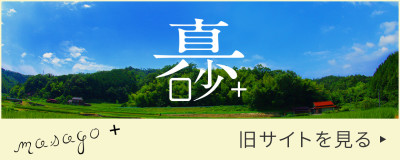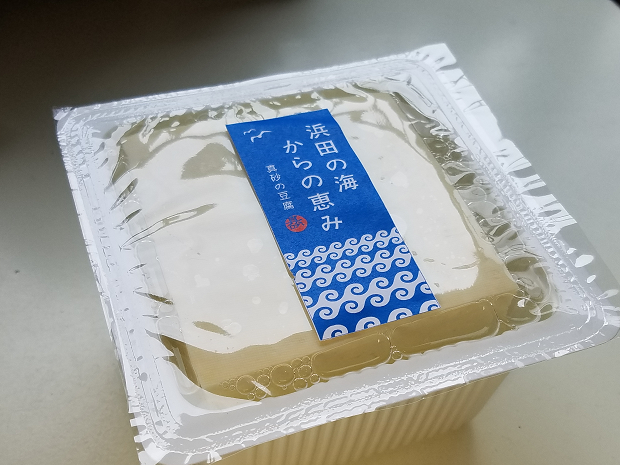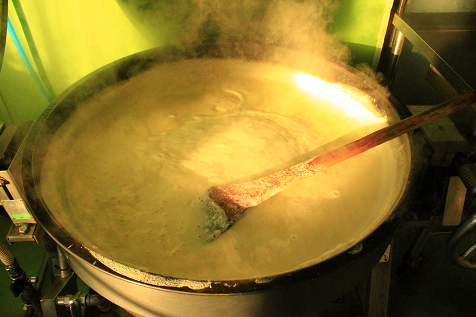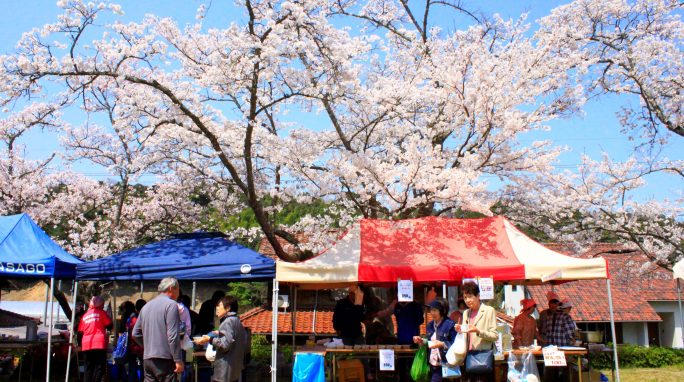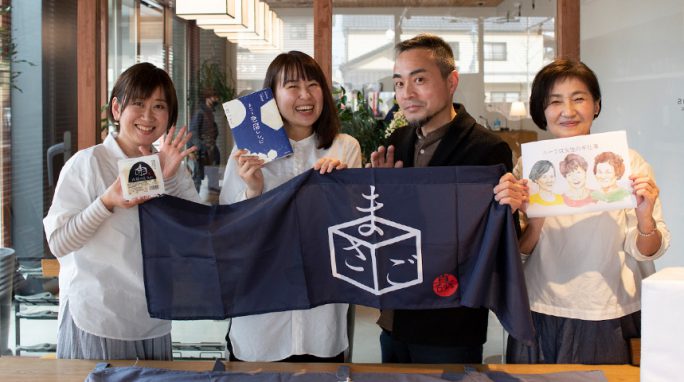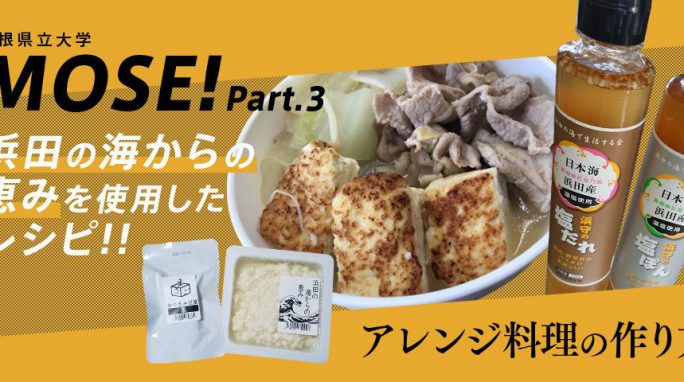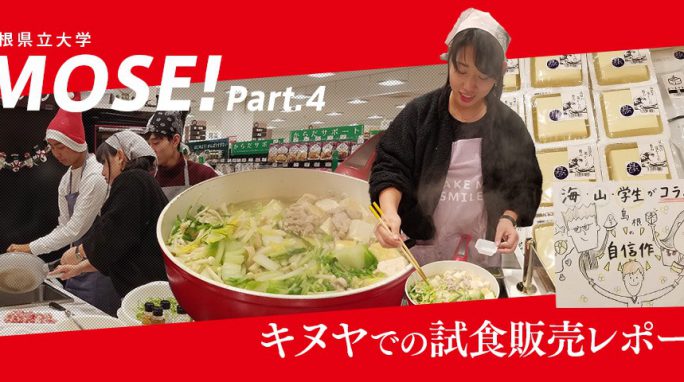New Release from Masago Tofu
“Masago Tofu – The Blessing from the Sea of Hamada ”
On sale from mid-May
The Product
Tofu, also known as bean curd, is a traditional component of Asian cuisines and has a history of over 2,000 years. It is prepared by coagulating soy milk and then pressing the resulting curds into solid white blocks of varying softness for various uses in cookery.
It is most often treated as a meat substitute. Nutritionally, tofu is low in calories, while containing a relatively large amount of protein. It is high in iron, and can have a high calcium or magnesium content depending on the coagulants used in manufacturing.
Among many, this unique tofu is 100% made from the ingredients of Shimane Prefecture co-developed by “mountain”, Masago Ltd. of Masuda City, and “sea”, The Association of Living by the Sea in Hamada of Hamada City. We are pleased to introduce the new tofu which is softer and has a more distinctively soybean flavor than Masago’s existing tofu.
MoSe! Masago Tofu Promotion Team, comprised of the students of the University of Shimane, participated in this co-development process. Our team conceived the name by combining the first two letters of each word, “mountain” and “sea”, symbolizing our will to connect the goods from the two elements.
The Difference from Existing Masago Tofu
Masago has been conventionally used the bittern (commonly known as evaporated sea salt) from the sea of Goto, Nagasaki Prefecture, as a coagulant for their existing tofu. But for this special tofu, Masago uses the bittern from the sea of Hamada City instead. The bittern is produced in the process of making of “Hamamori-no-Moshio” (lifeguards’ seaweed salt) by the members of The Association of Living by the Sea in Hamada.
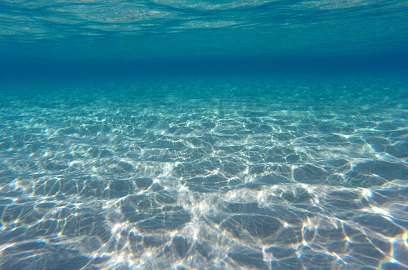
The bittern made from the sea is natural and unrefined. and it is challenging to use it for making tofu
Today, “Masago Tofu” can be truly crowned as being 100% made in Shimane thanks to this switch to using the local bittern. This unique tofu brings even more love to the local areas.
The Historical Connection Between Mountain and Sea
Our team initially began with a desire to more successfully link Hamada, where our university is located, and Masuda, the city where the members of Masago respect, and to assist both in solving area challenges through the co-development.
During the process we discovered the fact that the members of the association in Hamada made seaweed salt from the local seawater, but were discarding the bittern produced during the process. Thus, we realized we could link Hamada and Masuda, sea and mountain, by suggesting Masago use the bittern when making their tofu.
During the research into the historical connection between the two areas, we discovered that the Masago area in Masuda and the Setogashima area in Hamada both shared Itsukushima Shrine, and there was an interaction between the two.
Our aim is to reconnect these two cities and to find the key to the solution of the area challenges of each by the cooperation of the two areas in western Shimane Prefecture.
The Companies
Masago Ltd.
| Location | |753-1 Hada-cho, Masuda-shi, Shimane-ken 698-0411, Japan |
| Products | In-store sales: ・Masago tofu ・Smoked hard tofu Online selling: ・Set of four types of Masago tofu ・Box of assorted Masago tofu |
| Cooperation with the local community | ・Purchase of raw materials ・Food education cooperating with the companies promoting local production for local consumption. ・Delivery tofu making experience (Tofu making workshop at schools and various places in the local area) |
| @masagonotofu (Kenro iwai/Tofuman) |
About Masago Tofu
To make tofu, Masago uses a method of boiling ground soybeans in an iron cauldron over direct heat. The soybean substance slightly chars in the pot during the process, which gives it the characteristic flavor of traditional tofu, and is recognized as a nostalgic taste by older generations. It is the greatest feature of Masago tofu and its longtime commitment.
The production method is inefficient and requires a considerable amount of labor to clean, therefore it is not suitable for mass production. In addition, today the number of companies using the same type of pot has decreased as mechanization has progressed. However, Masago still uses the traditional method. It is a small business company, but its commitment to the method is its advantage.
Furthermore, in tofu making, soybean quality and environmental conditions such as daily temperature affect the outcome and quality of tofu. Additionally, the amount of water and coagulant, as well as the heating duration must be suitably adjusted each time. In Masago, artisans do not use machines to make gradual adjustments, rather they use their own skills and knowledge to make delectable tofu.
Masago Tofu is the embodiment of the skills and knowledge of artisans
cultivated through their longtime gathered experiences
Raw Materials of Masago Tofu
① Soybeans from Masuda City, Oda City, and Hikawa Town of Shimane Prefecture
The amount of production is affected by weather conditions.
Thus Masago uses soybeans from other areas within the prefecture to mitigate the risk.
②Water in the Masago Area
Masago area has an abundant supply of riverbed water from Mt. Higurashi (743.5 meter-high, the highest mountain in the former city area of Masuda) as well as decomposed granite soil, which produce the finest quality water.
③ Bittern made from the water of the Sea of Goto, Nagasaki Prefecture
Masago employs the bittern which creates the texture of “grandma’s” homestyle tofu traditionally made by every family in the Masago area.
The Association of Living by the Sea in Hamada
| Number of Members | 3 |
| Location | |138-6 Setogashima-cho, Hamada-shi, Shimane-ken 697-0051 |
| Activities | Banana boat ride, jet ski ride, wakeboard ride, stand up paddle boat ride, snorkeling, outrigger canoe puddling |
| Products | ・Hamamori-no-Moshio (Lifeguards’ Seaweed Salt) coarse salt and powder salt ・Hamamori-no-Arajio (Lifeguards’ Coarse Sea Salt) ・Hamamori-no-Shiodare (Lifeguards’ Salt Sauce) ・Hamamori-no-Shiopon (Lifeguards’ Sauce made of salt, soy sauce and citrus juice) |
| Cooperation with the local community | ・Seaweed salt making experience (for infants, elementary, and junior high school students) ・Sea activities experience program for children ・Cooperation with the local company (Kakizaki Soy Sauce Store, Onan Town) |
| @hamamorinosio |
About the Lifeguards’ Seaweed Salt
 The production method of seaweed salt starts with the collection of seawater from a well in Hamada and boiling it in an iron cauldron for seven to ten days.
The production method of seaweed salt starts with the collection of seawater from a well in Hamada and boiling it in an iron cauldron for seven to ten days.
The well is connected to the sea in Hamada under the ground, and the seawater is filtered there. Thus, the seaweed salt is made from clean seawater without becoming clouded with rainwater.
The background story of lifeguards making seaweed salt is special and interesting, and it is the greatest advantage as well as an appealing point of the salt. .
In the beginning, the members started making the salt to financially support their lifeguard activity. After considering their involvement with the sea of Hamada and the activities which enabled them to financially support their lifeguarding, they conceived the idea of salt making.
The Process of Seaweed Salt Making
The Sea of Hamada
↓🔥
The crystallization of ingredients begins when the concentration of sea water reaches 30%.
↓🔥
Then, calcium and dirt in the sea water are removed by hands. ➡Calcium
◯Natrium△Potassium sodium
↓🔥
Bittern is the remaining liquid after the seaweed salt is taken out.➡ Seaweed salt
Bittern
The Future of the Association
The association aims to convey the benefit of living practically with little money to future generations. In other words, they want to establish a “zest for living” as the base of marine education, while cherishing the sea and continue their activities without compromising.
The members cherish the sea and enjoy every moment to the fullest. They convey to children today what is necessary to live, while teaching them to have fun at the sea. The association cherishes Hamada and works closely with the community regardless of their own profit and future.


